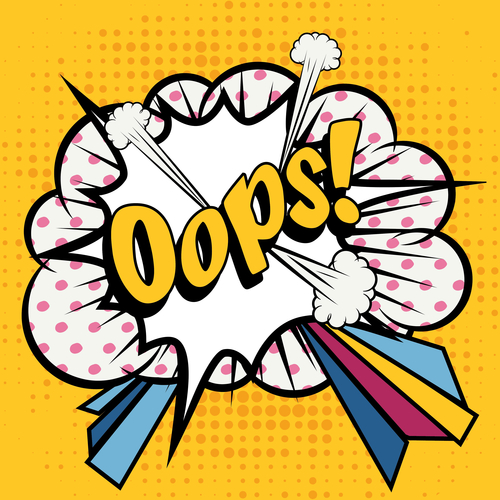Using Tech to Avoid E&O Claims
Here are a few workflow-related exposures that can give rise to E&O situations—and how to approach them properly.

Here are a few workflow-related exposures that can give rise to E&O situations—and how to approach them properly.

Not every agency can hire a winning trial lawyer with E&O experience as in-house counsel. Take these more feasible steps to prevent future E&O claims.

Here are the three most common sources of E&O claims involving HO insurance—and what you can do to defend them or, better yet, avoid them in the first place.

The assumption that “bigger is better” can lead to disaster if an agency’s acquisition focus is growth alone, with no attention to E&O risks.

It seems like procuring a life insurance policy for a good customer would present little risk for an errors & omissions claim. But seemingly foolproof steps can result in a claim against even the most experienced insurance agent in several common ways.

Errors & omissions claims usually arise from a specific type of error. But once in a while, a claim comes up that’s downright bizarre. Would your agency be susceptible to a similar claim?

Too many errors & omissions claims still result in a he said/she said credibility dispute. Documenting all interactions with customers and carriers as well as every insurance transaction can be critically important in defending an E&O claim.

Swiss Re Corporate Solutions has found that the following three issues are the most common causes of E&O claims arising from placing workers comp coverage: location, premium and time.
Lack of communication and poor documentation present significant E&O exposures for insurance professionals—risks compounded by a language barrier between agent and client.

While the name on the policy has changed to “Westport Insurance Corporation” and the ownership of the carrier to Swiss Re Corporate Solutions, financial stability and strength has remained a constant.